Egor D. Nikulin Ph. D. , Assistant Professor,

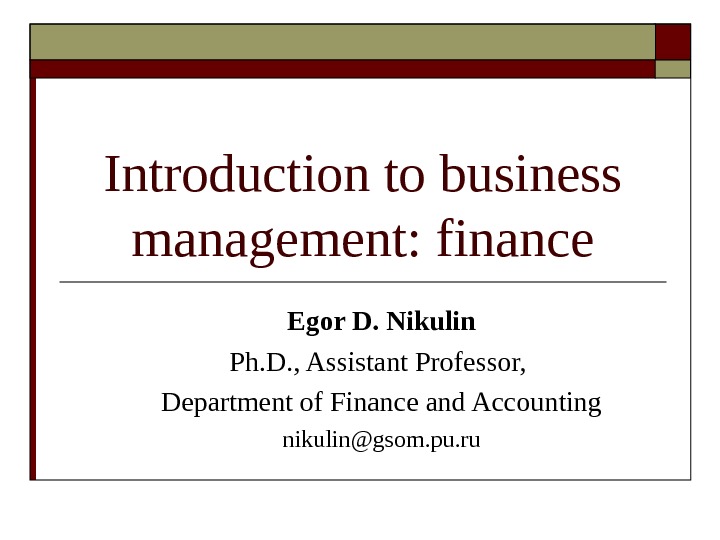
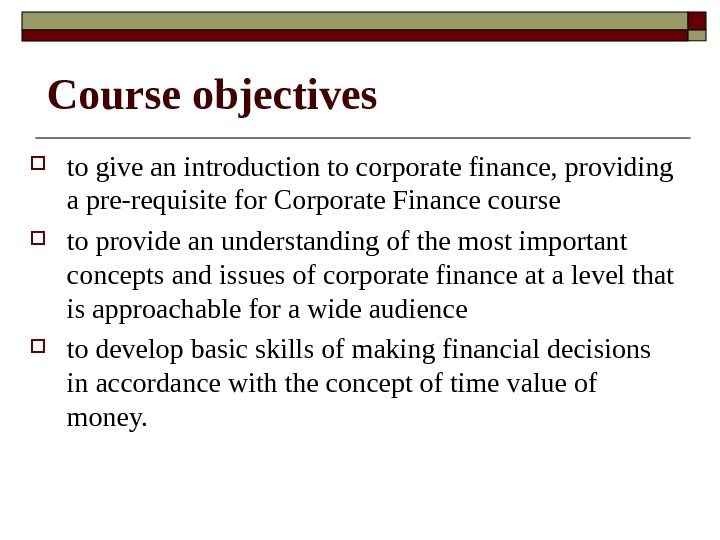


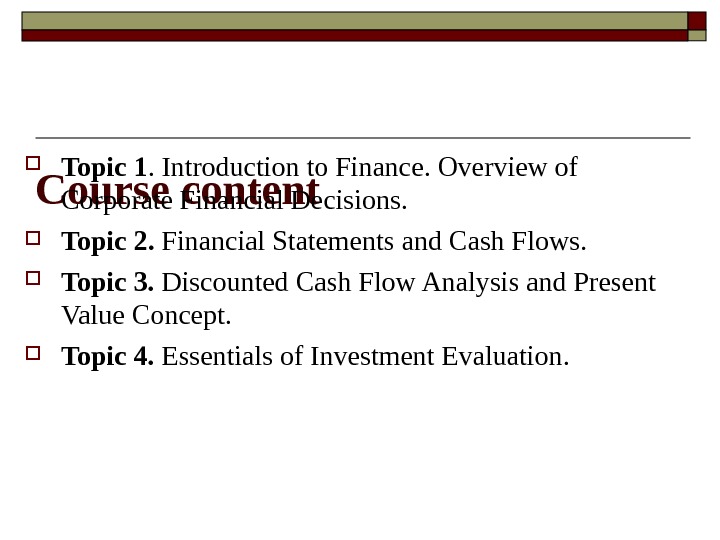
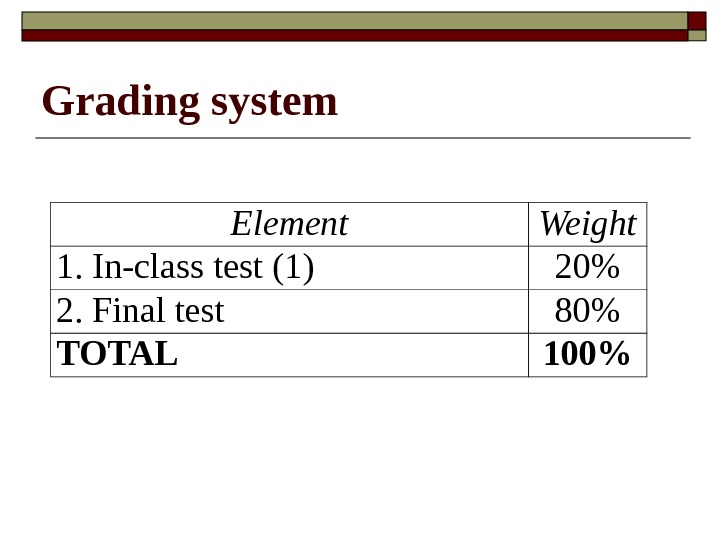
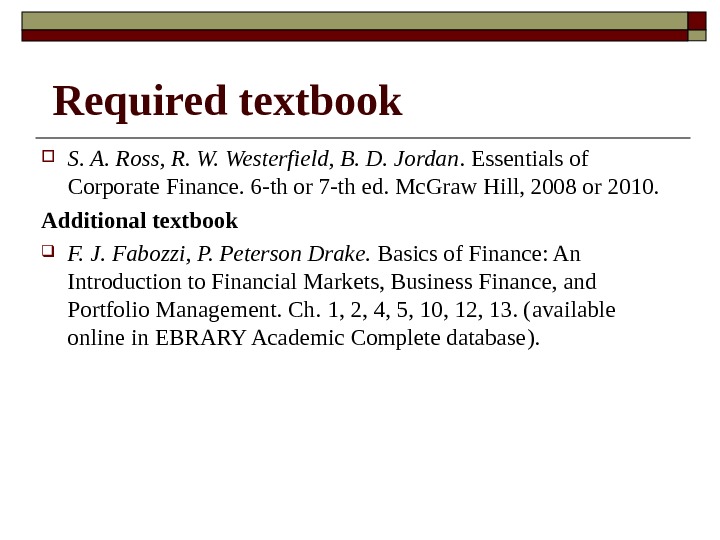
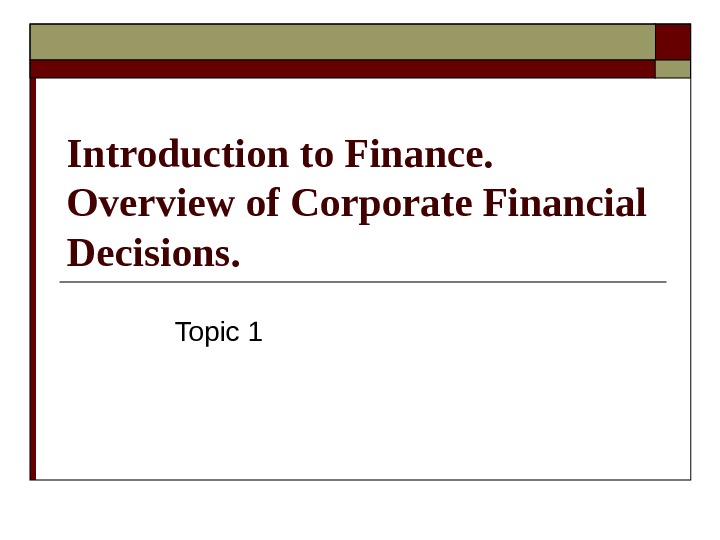
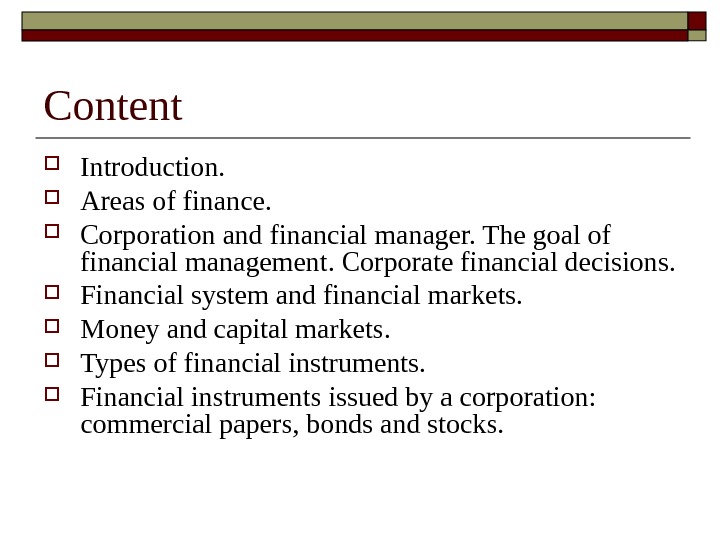
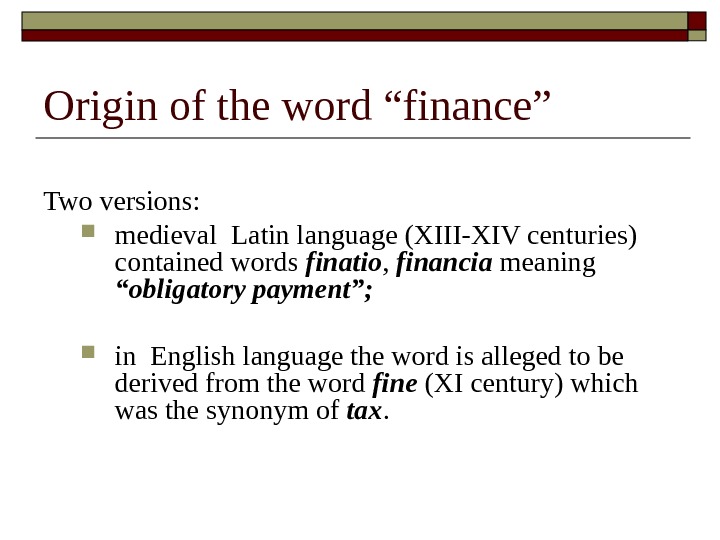
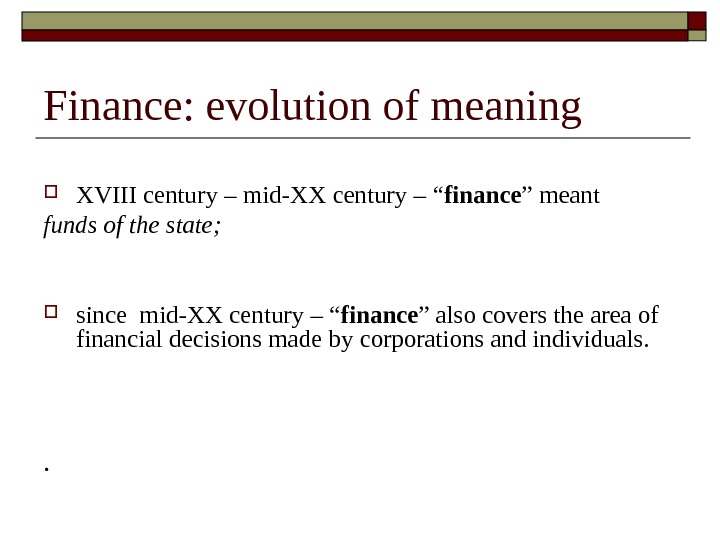
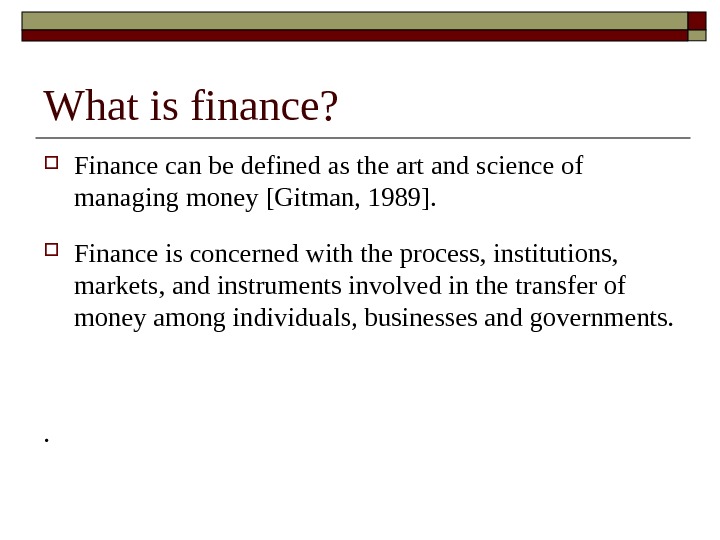
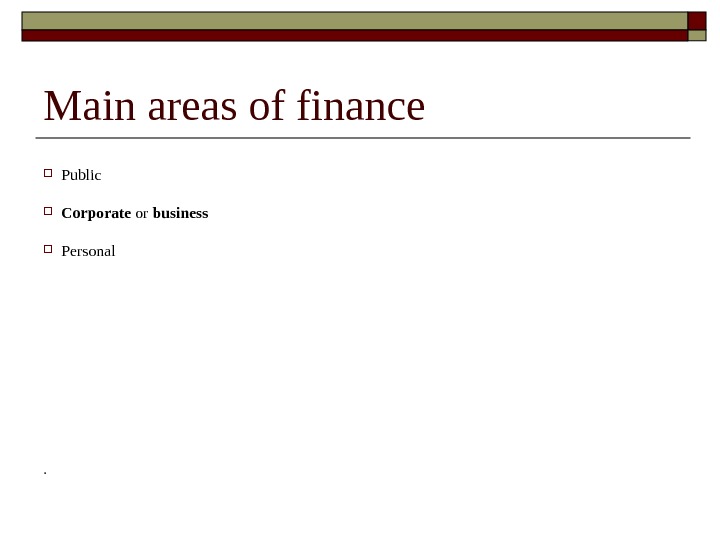
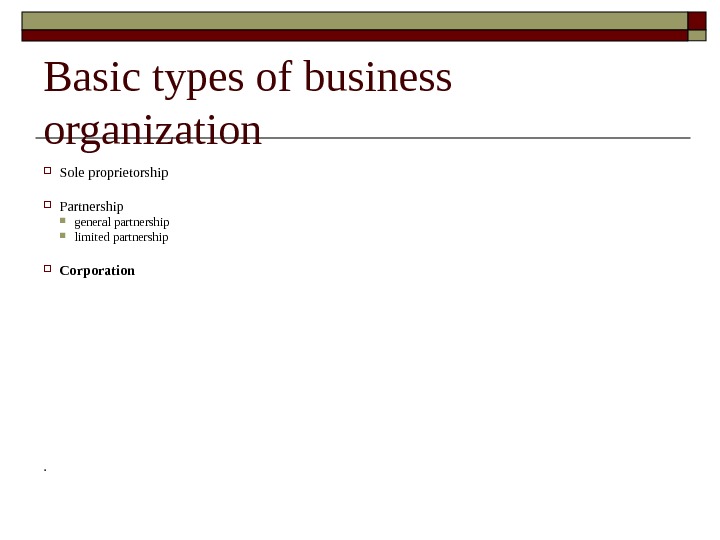
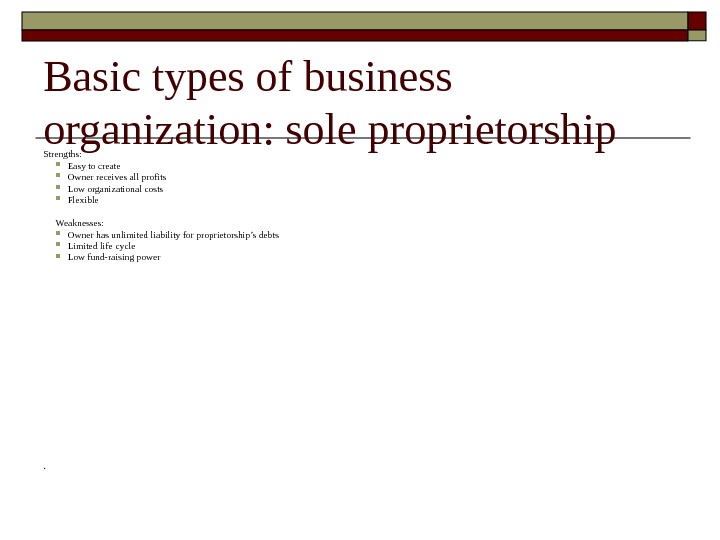
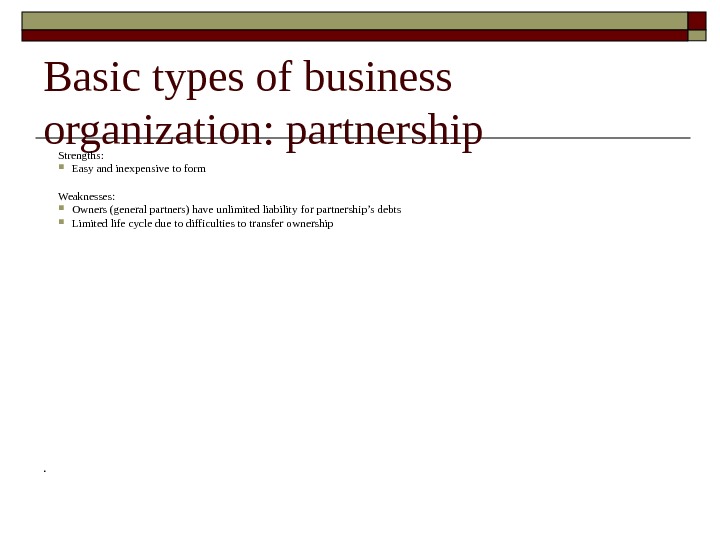
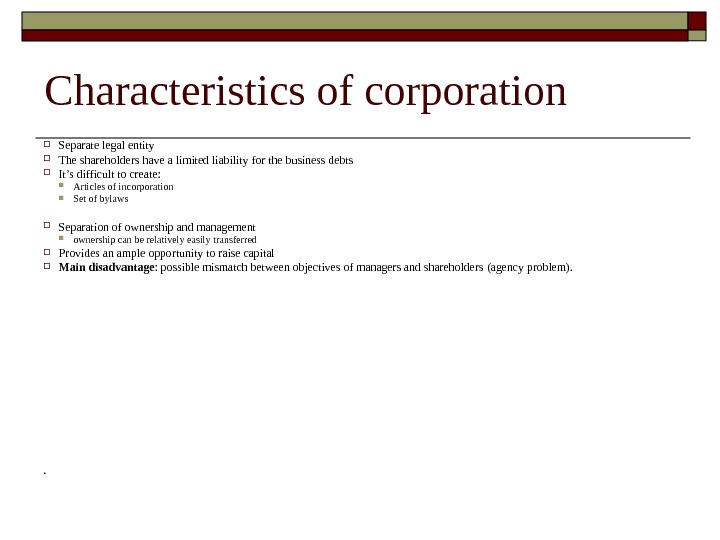
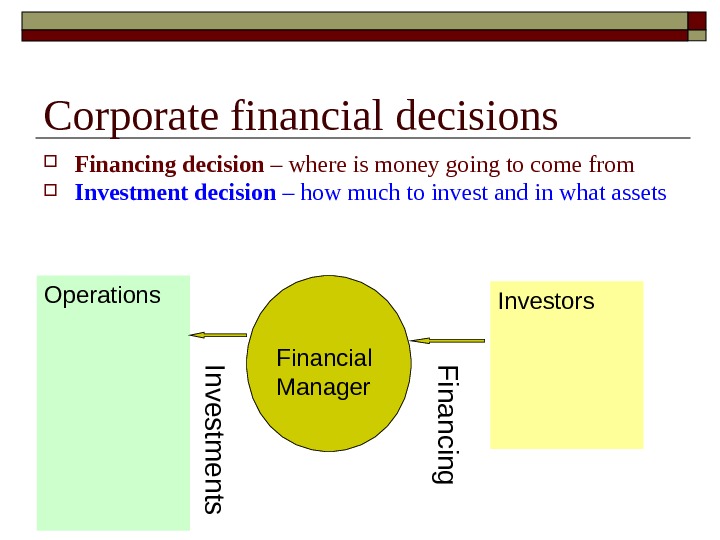
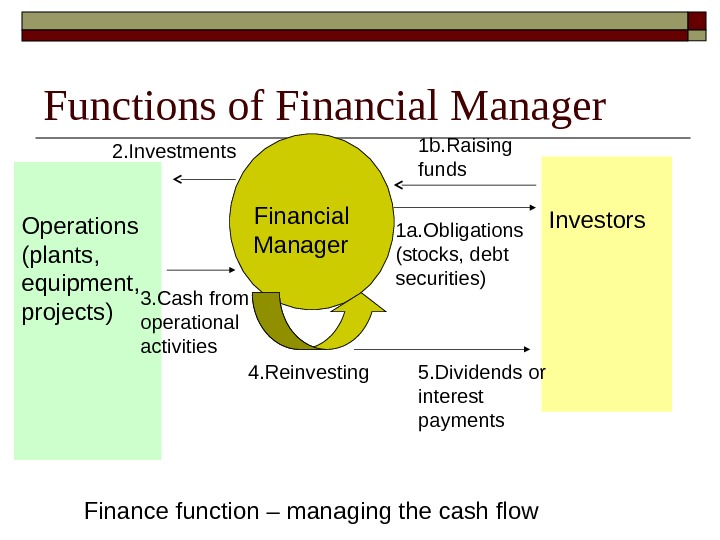
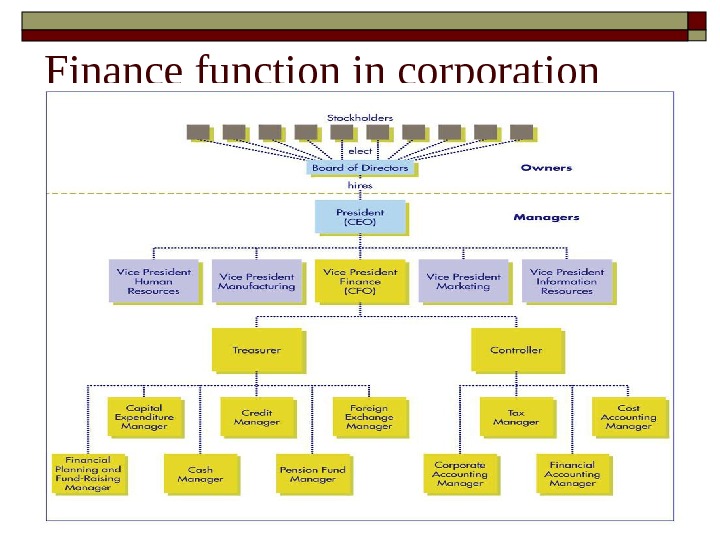
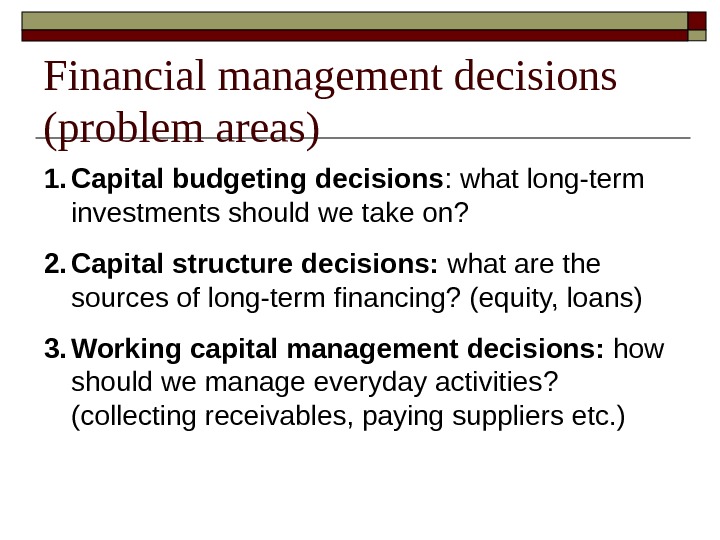
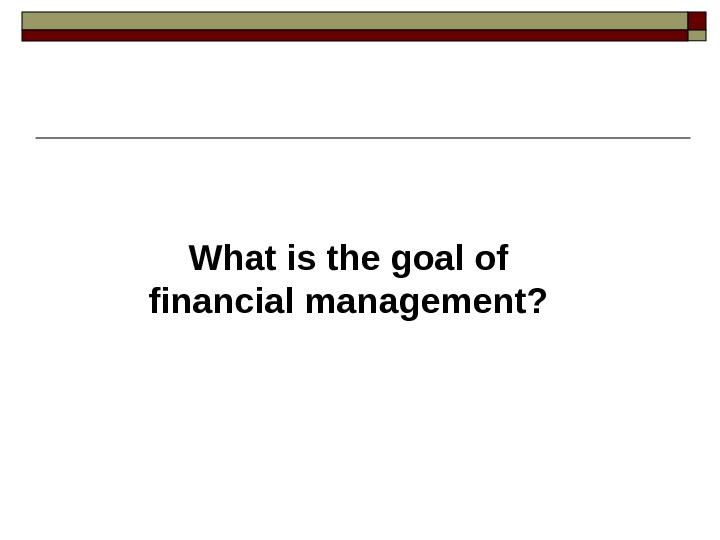
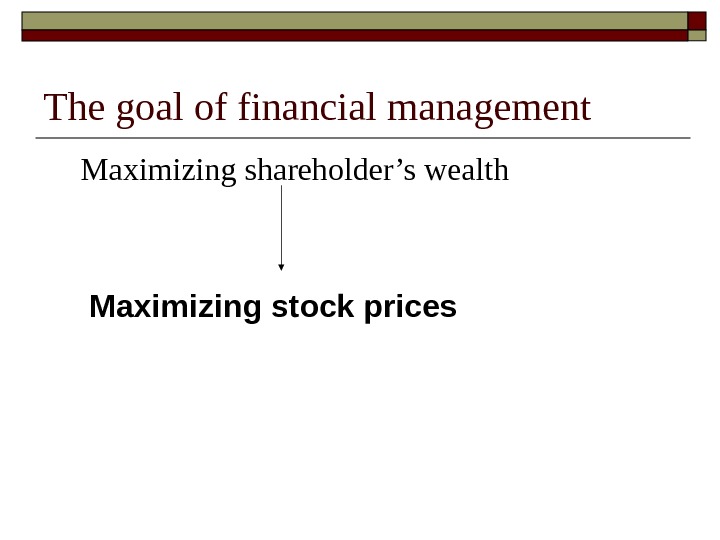
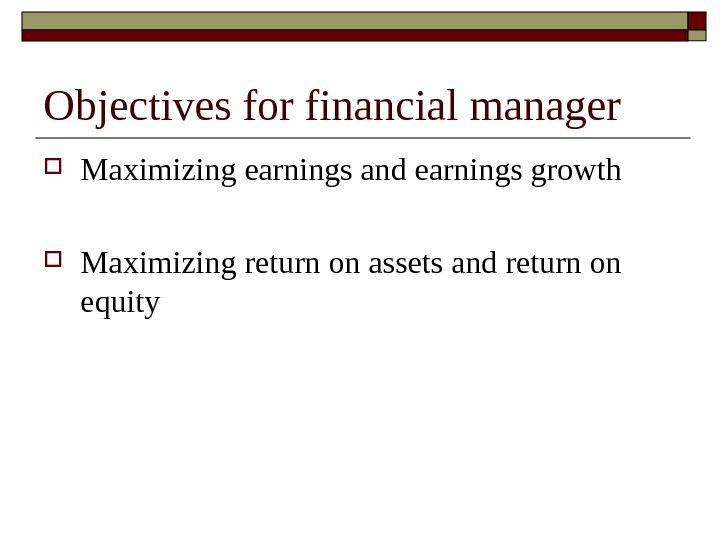
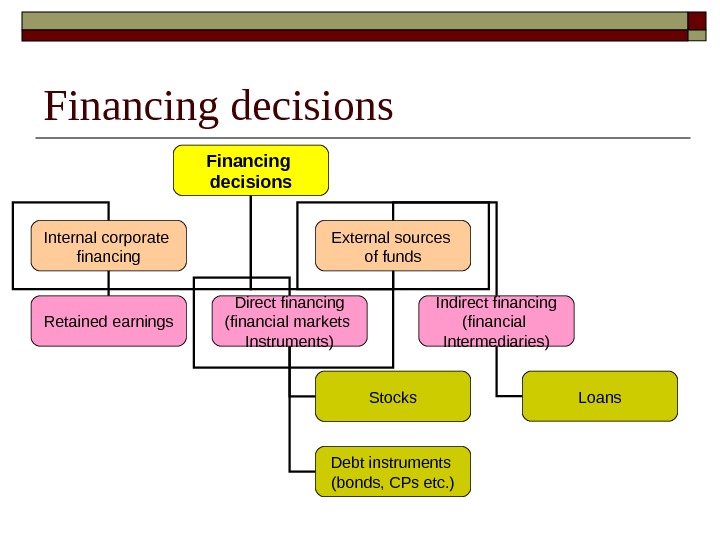
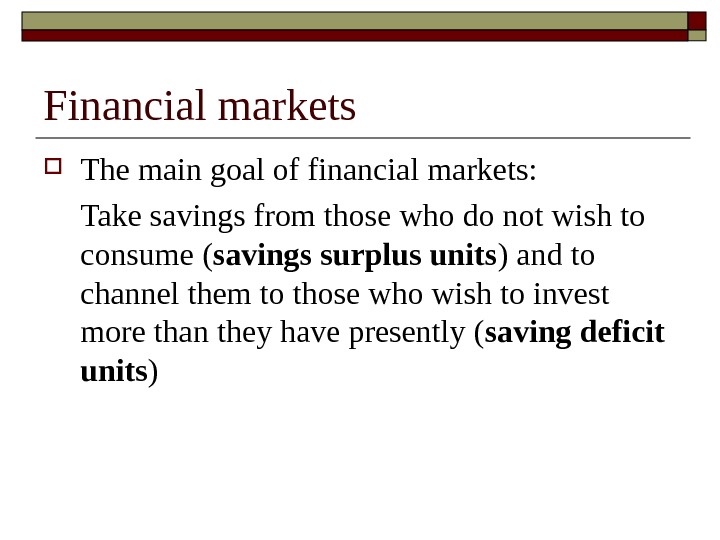
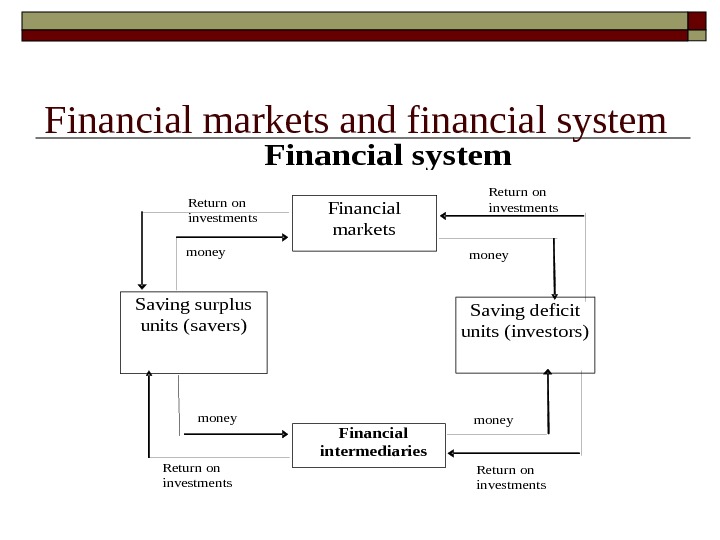
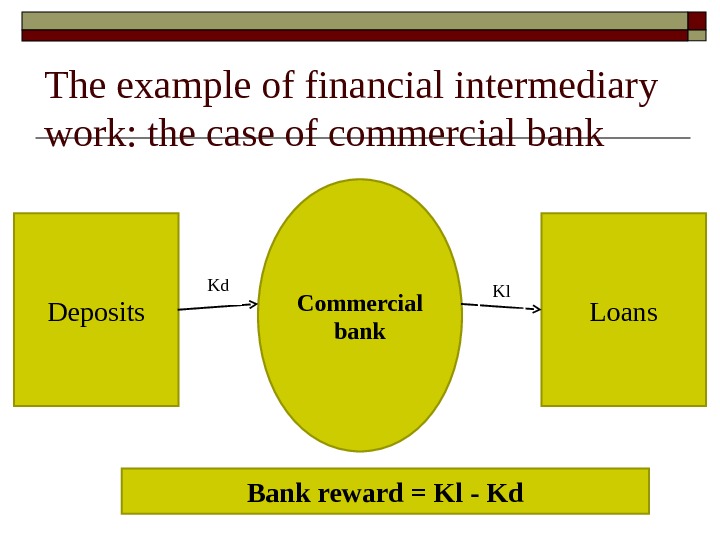
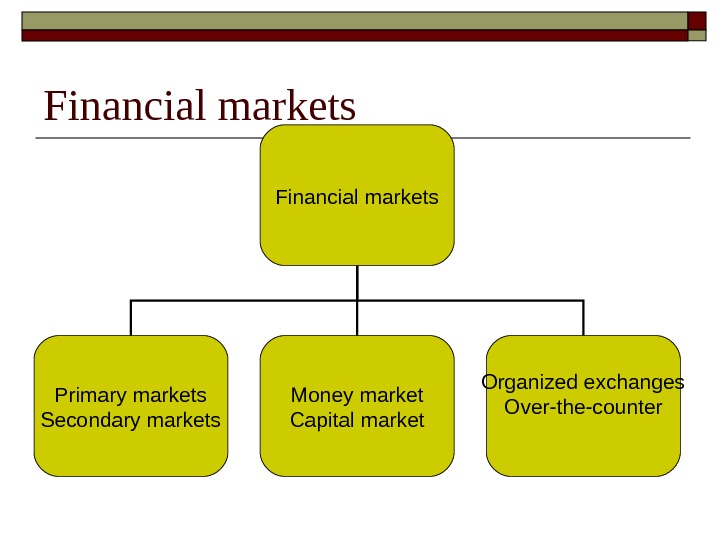
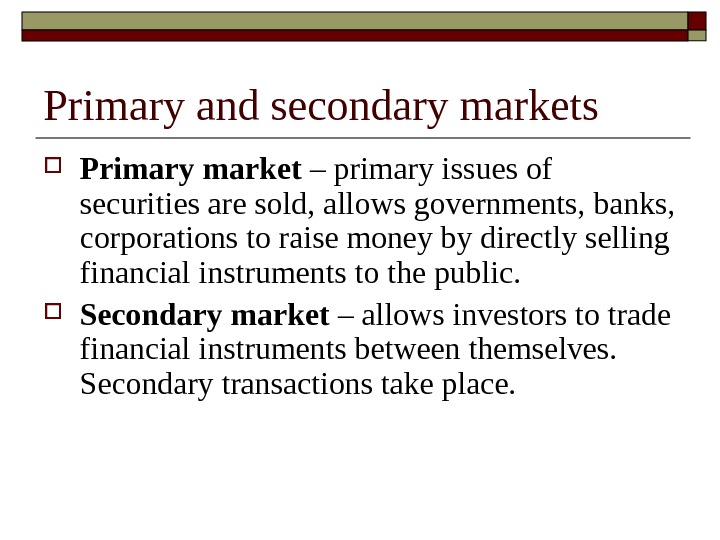
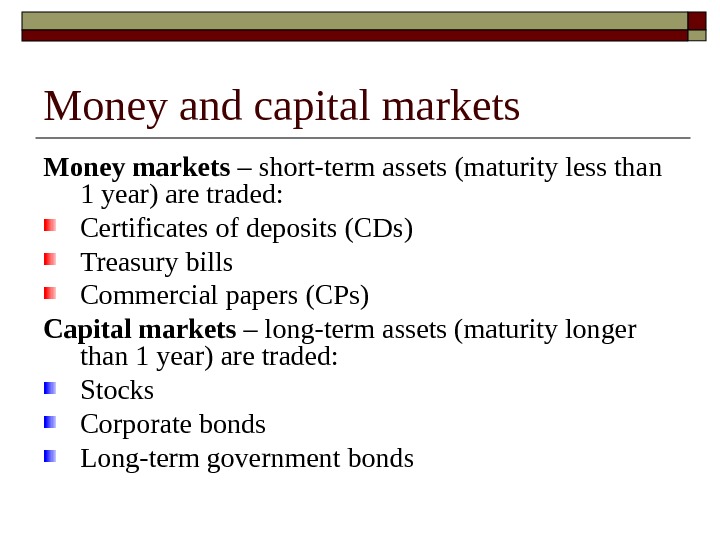
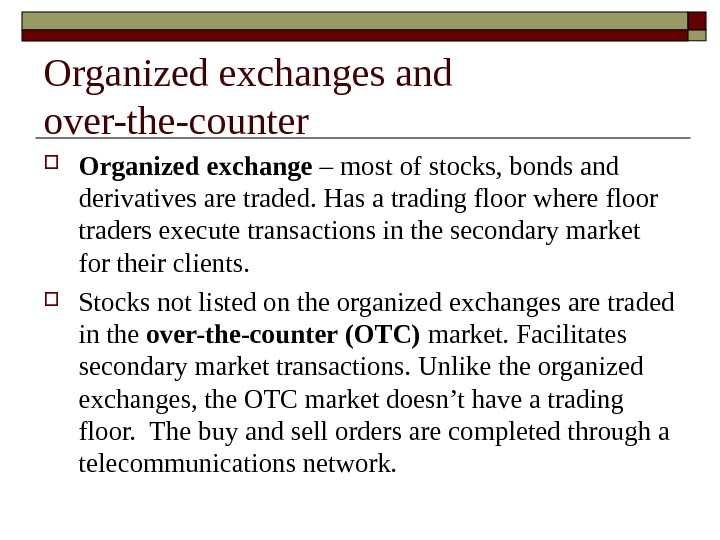

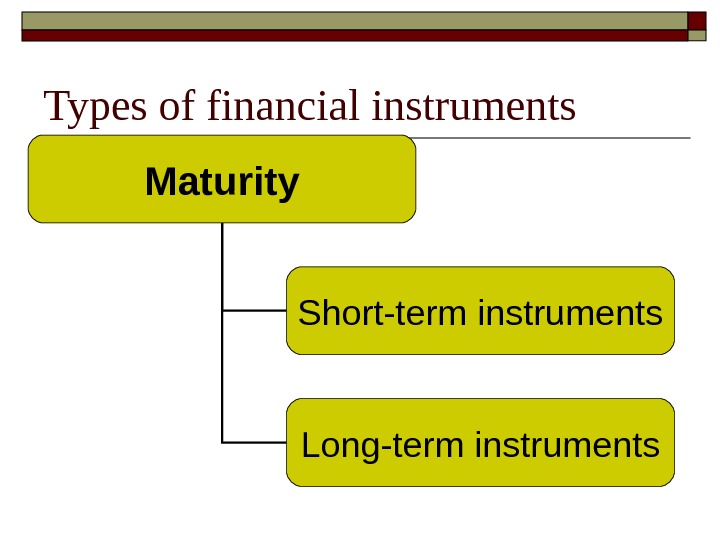
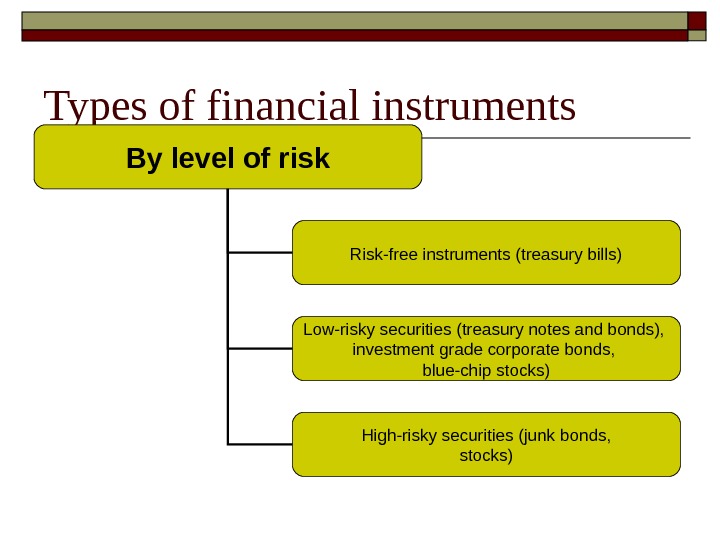
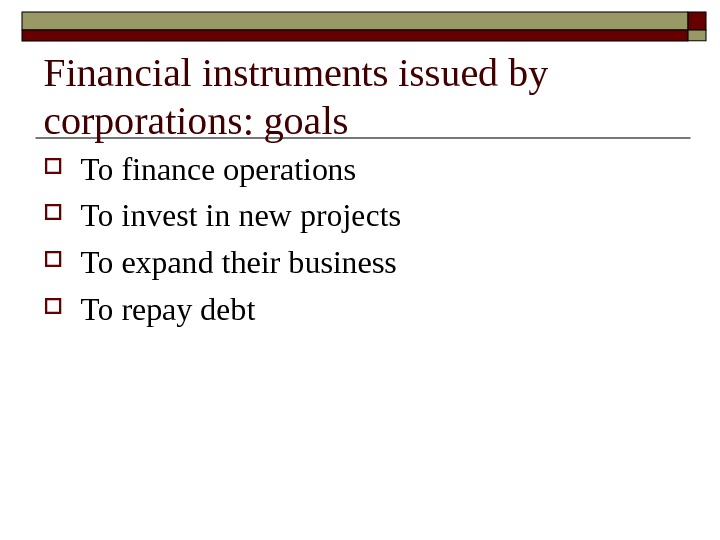

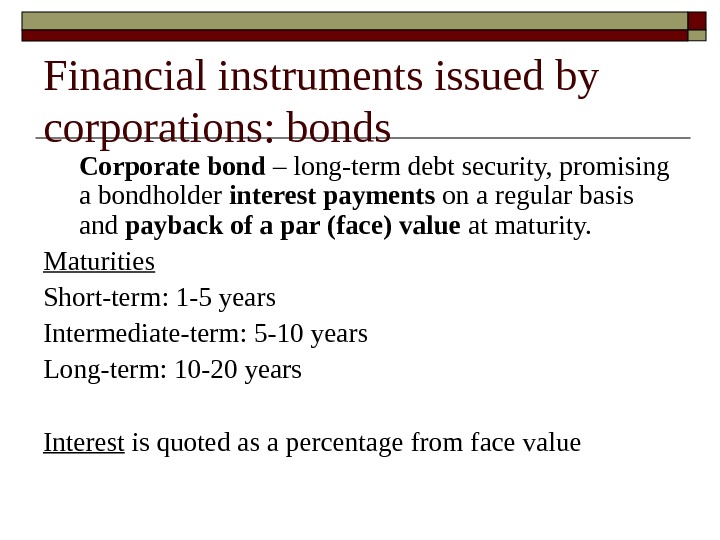
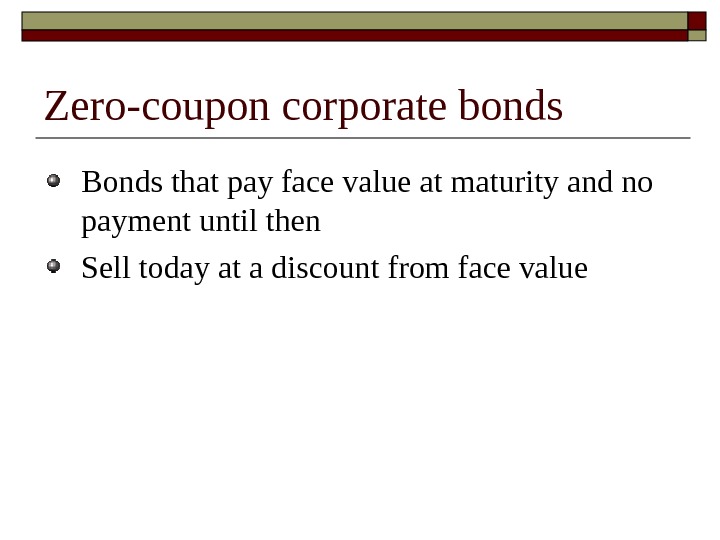

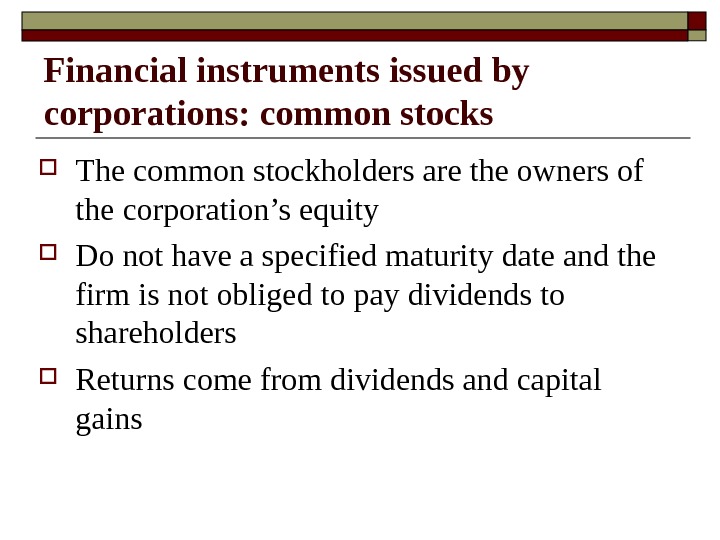
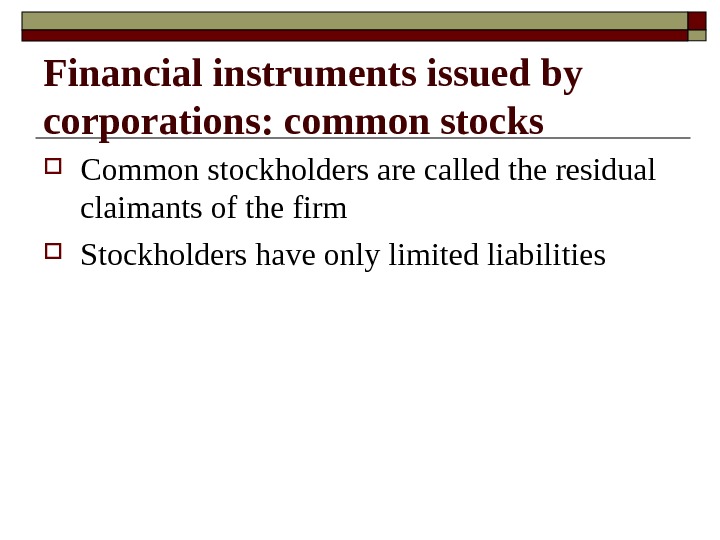
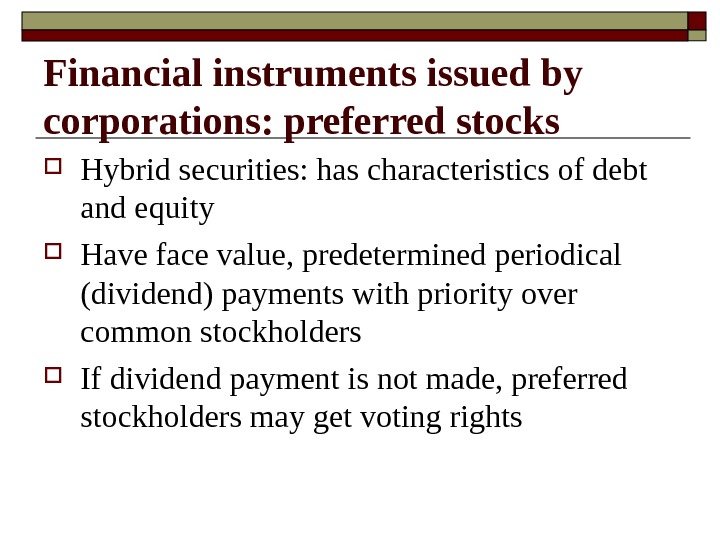
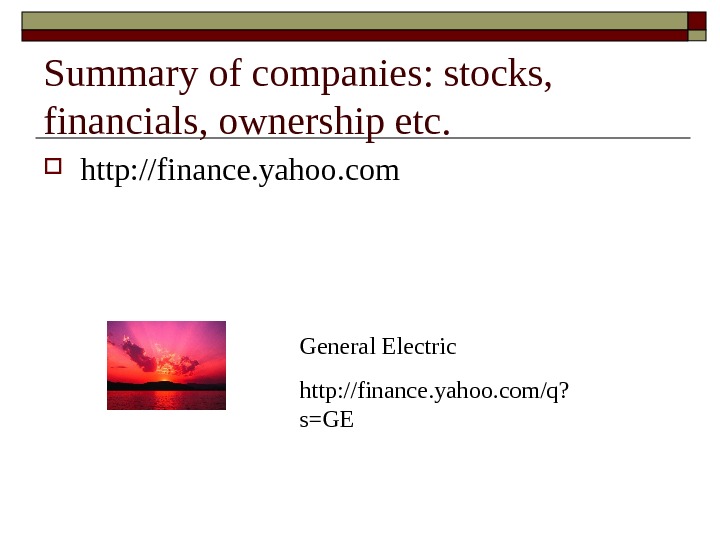
- Размер: 558 Кб
- Количество слайдов: 44
Описание презентации Egor D. Nikulin Ph. D. , Assistant Professor, по слайдам
 Egor D. Nikulin Ph. D. , Assistant Professor, Department of Finance and Accounting nikulin@gsom. pu. ru. Introduction to business management: finance
Egor D. Nikulin Ph. D. , Assistant Professor, Department of Finance and Accounting nikulin@gsom. pu. ru. Introduction to business management: finance
 Course objectives to give an introduction to corporate finance, providing a pre-requisite for Corporate Finance course to provide an understanding of the most important concepts and issues of corporate finance at a level that is approachable for a wide audience to develop basic skills of making financial decisions in accordance with the concept of time value of money.
Course objectives to give an introduction to corporate finance, providing a pre-requisite for Corporate Finance course to provide an understanding of the most important concepts and issues of corporate finance at a level that is approachable for a wide audience to develop basic skills of making financial decisions in accordance with the concept of time value of money.
 Schedule of classes Class 1. Tuesday, September, 4 th , 13. 00 -16. 15 Class 2. Wednesday, September, 5 th , 13. 00 -16. 15 Class 3. Friday, September, 7 th , 13. 00 -16. 15 Class 4. Saturday, September, 15 th , 14. 45 -1 6. 30 Final exam: Saturday, September, 15 th , 16. 30 – 17.
Schedule of classes Class 1. Tuesday, September, 4 th , 13. 00 -16. 15 Class 2. Wednesday, September, 5 th , 13. 00 -16. 15 Class 3. Friday, September, 7 th , 13. 00 -16. 15 Class 4. Saturday, September, 15 th , 14. 45 -1 6. 30 Final exam: Saturday, September, 15 th , 16. 30 – 17.
 Individual consultation Friday, September, 7 th , 16. 30 -17. 30 (room TBA)
Individual consultation Friday, September, 7 th , 16. 30 -17. 30 (room TBA)
 Course content Topic 1. Introduction to Finance. Overview of С orporate Financial Decisions. Topic 2. Financial Statements and Cash Flows. Topic 3. Discounted Cash Flow Analysis and Present Value Concept. Topic 4. Essentials of Investment Evaluation.
Course content Topic 1. Introduction to Finance. Overview of С orporate Financial Decisions. Topic 2. Financial Statements and Cash Flows. Topic 3. Discounted Cash Flow Analysis and Present Value Concept. Topic 4. Essentials of Investment Evaluation.
 Grading system Element Weight 1. In-class test ( 1 ) 2 0% 2. Final test 8 0% TOTAL 100%
Grading system Element Weight 1. In-class test ( 1 ) 2 0% 2. Final test 8 0% TOTAL 100%
 Required textbook S. A. Ross, R. W. Westerfield, B. D. Jordan. Essentials of Corporate Finance. 6 -th or 7 -th ed. Mc. Graw Hill, 2008 or 2010. Additional textbook F. J. Fabozzi, P. Peterson Drake. Basics of Finance: An Introduction to Financial Markets, Business Finance, and Portfolio Management. Ch. 1, 2, 4, 5, 10, 12, 13. ( available online in EBRARY Academic Complete database ).
Required textbook S. A. Ross, R. W. Westerfield, B. D. Jordan. Essentials of Corporate Finance. 6 -th or 7 -th ed. Mc. Graw Hill, 2008 or 2010. Additional textbook F. J. Fabozzi, P. Peterson Drake. Basics of Finance: An Introduction to Financial Markets, Business Finance, and Portfolio Management. Ch. 1, 2, 4, 5, 10, 12, 13. ( available online in EBRARY Academic Complete database ).
 Introduction to Finance. Overview of С orporate Financial Decisions. Topic
Introduction to Finance. Overview of С orporate Financial Decisions. Topic
 Content Introduction. Areas of finance. Corporation and financial manager. The goal of financial management. Corporate financial decisions. Financial system and financial markets. Money and capital markets. Types of financial instruments. Financial instruments issued by a corporation: commercial papers, bonds and stocks.
Content Introduction. Areas of finance. Corporation and financial manager. The goal of financial management. Corporate financial decisions. Financial system and financial markets. Money and capital markets. Types of financial instruments. Financial instruments issued by a corporation: commercial papers, bonds and stocks.
 Origin of the word “finance” Two versions: medieval Latin language (XIII-XIV centuries) contained words finatio , financia meaning “obligatory payment”; in English language the word is alleged to be derived from the word fine (XI century) which was the synonym of tax.
Origin of the word “finance” Two versions: medieval Latin language (XIII-XIV centuries) contained words finatio , financia meaning “obligatory payment”; in English language the word is alleged to be derived from the word fine (XI century) which was the synonym of tax.
 Finance: evolution of meaning XVIII century – mid-XX century – “ finance ” meant funds of the state ; since mid-XX century – “ finance ” also covers the area of financial decisions made by corporations and individuals. .
Finance: evolution of meaning XVIII century – mid-XX century – “ finance ” meant funds of the state ; since mid-XX century – “ finance ” also covers the area of financial decisions made by corporations and individuals. .
 What is finance? Finance can be defined as the art and science of managing money [Gitman, 1989]. Finance is concerned with the process, institutions, markets, and instruments involved in the transfer of money among individuals, businesses and governments. .
What is finance? Finance can be defined as the art and science of managing money [Gitman, 1989]. Finance is concerned with the process, institutions, markets, and instruments involved in the transfer of money among individuals, businesses and governments. .
 Main areas of finance Public Corporate or business Personal .
Main areas of finance Public Corporate or business Personal .
 Basic types of business organization Sole proprietorship Partnership general partnership limited partnership Corporation .
Basic types of business organization Sole proprietorship Partnership general partnership limited partnership Corporation .
 Basic types of business organization : sole proprietorship Strengths: Easy to create Owner receives all profits Low organizational costs Flexible Weaknesses: Owner has unlimited liability for proprietorship’s debts Limited life cycle Low fund-raising power .
Basic types of business organization : sole proprietorship Strengths: Easy to create Owner receives all profits Low organizational costs Flexible Weaknesses: Owner has unlimited liability for proprietorship’s debts Limited life cycle Low fund-raising power .
 Basic types of business organization : partnership Strengths: Easy and inexpensive to form Weaknesses: Owners (general partners) have unlimited liability for partnership’s debts Limited life cycle due to difficulties to transfer ownership .
Basic types of business organization : partnership Strengths: Easy and inexpensive to form Weaknesses: Owners (general partners) have unlimited liability for partnership’s debts Limited life cycle due to difficulties to transfer ownership .
 Characteristics of corporation Separate legal entity The shareholders have a limited liability for the business debts It’s difficult to create: Articles of incorporation Set of bylaws Separation of ownership and management ownership can be relatively easily transferred Provides an ample opportunity to raise capital Main disadvantage : possible mismatch between objectives of managers and shareholders (agency problem). .
Characteristics of corporation Separate legal entity The shareholders have a limited liability for the business debts It’s difficult to create: Articles of incorporation Set of bylaws Separation of ownership and management ownership can be relatively easily transferred Provides an ample opportunity to raise capital Main disadvantage : possible mismatch between objectives of managers and shareholders (agency problem). .
 Corporate financial decisions Financing decision – where is money going to come from Investment decision – how much to invest and in what assets Operations Investors Financial Manager. In v e s tm e n ts F in a n c in g
Corporate financial decisions Financing decision – where is money going to come from Investment decision – how much to invest and in what assets Operations Investors Financial Manager. In v e s tm e n ts F in a n c in g
 Functions of Financial Manager Operations (plants, equipment, projects) Financial Manager Investors 1 b. Raising funds 2. Investments 3. Cash from operational activities 4. Reinvesting 1 a. Obligations (stocks, debt securities) 5. Dividends or interest payments Finance function – managing the cash flow
Functions of Financial Manager Operations (plants, equipment, projects) Financial Manager Investors 1 b. Raising funds 2. Investments 3. Cash from operational activities 4. Reinvesting 1 a. Obligations (stocks, debt securities) 5. Dividends or interest payments Finance function – managing the cash flow
 Finance function in corporation.
Finance function in corporation.
 Financial management decisions ( problem areas) 1. Capital budgeting decisions : what long-term investments should we take on? 2. Capital structure decisions: what are the sources of long-term financing? (equity, loans) 3. Working capital management decisions: how should we manage everyday activities ? (collecting receivables, paying suppliers etc. )
Financial management decisions ( problem areas) 1. Capital budgeting decisions : what long-term investments should we take on? 2. Capital structure decisions: what are the sources of long-term financing? (equity, loans) 3. Working capital management decisions: how should we manage everyday activities ? (collecting receivables, paying suppliers etc. )
 What is the goal of financial management?
What is the goal of financial management?
 The goal of financial management Maximizing shareholder’s wealth Maximizing stock prices
The goal of financial management Maximizing shareholder’s wealth Maximizing stock prices
 Objectives for financial manager Maximizing earnings and earnings growth Maximizing return on assets and return on equity
Objectives for financial manager Maximizing earnings and earnings growth Maximizing return on assets and return on equity
 Financing decisions Internal corporate financing External sources of funds Retained earnings Direct financing (financial markets Instruments) Indirect financing (financial Intermediaries) Stocks Debt instruments (bonds, CPs etc. ) Loans
Financing decisions Internal corporate financing External sources of funds Retained earnings Direct financing (financial markets Instruments) Indirect financing (financial Intermediaries) Stocks Debt instruments (bonds, CPs etc. ) Loans
 Financial markets The main goal of financial markets: Take savings from those who do not wish to consume ( savings surplus units ) and to channel them to those who wish to invest more than they have presently ( saving deficit units )
Financial markets The main goal of financial markets: Take savings from those who do not wish to consume ( savings surplus units ) and to channel them to those who wish to invest more than they have presently ( saving deficit units )
 Financial markets and financial system Financial markets Ф Saving surplus units (savers) Saving deficit units (investors) Financial intermediaries Financial system money Return on investments money
Financial markets and financial system Financial markets Ф Saving surplus units (savers) Saving deficit units (investors) Financial intermediaries Financial system money Return on investments money
 The example of financial intermediary work: the case of commercial bank Deposits Loans. Commercial bank. Kd Kl Bank reward = Kl — Kd
The example of financial intermediary work: the case of commercial bank Deposits Loans. Commercial bank. Kd Kl Bank reward = Kl — Kd
 Financial markets Primary markets Secondary markets Money market Capital market Organized exchanges Over-the-counter
Financial markets Primary markets Secondary markets Money market Capital market Organized exchanges Over-the-counter
 Primary and secondary markets Primary market – primary issues of securities are sold, allows governments, banks, corporations to raise money by directly selling financial instruments to the public. Secondary market – allows investors to trade financial instruments between themselves. Secondary transactions take place.
Primary and secondary markets Primary market – primary issues of securities are sold, allows governments, banks, corporations to raise money by directly selling financial instruments to the public. Secondary market – allows investors to trade financial instruments between themselves. Secondary transactions take place.
 Money and capital markets Money markets – short-term assets (maturity less than 1 year) are traded: Certificates of deposits (CDs) Treasury bills Commercial papers (CPs) Capital markets – long-term assets (maturity longer than 1 year) are traded: Stocks Corporate bonds Long-term government bonds
Money and capital markets Money markets – short-term assets (maturity less than 1 year) are traded: Certificates of deposits (CDs) Treasury bills Commercial papers (CPs) Capital markets – long-term assets (maturity longer than 1 year) are traded: Stocks Corporate bonds Long-term government bonds
 Organized exchanges and over-the-counter Organized exchange – most of stocks, bonds and derivatives are traded. Has a trading floor where floor traders execute transactions in the secondary market for their clients. Stocks not listed on the organized exchanges are traded in the over-the-counter (OTC) market. Facilitates secondary market transactions. Unlike the organized exchanges, the OTC market doesn’t have a trading floor. The buy and sell orders are completed through a telecommunications network.
Organized exchanges and over-the-counter Organized exchange – most of stocks, bonds and derivatives are traded. Has a trading floor where floor traders execute transactions in the secondary market for their clients. Stocks not listed on the organized exchanges are traded in the over-the-counter (OTC) market. Facilitates secondary market transactions. Unlike the organized exchanges, the OTC market doesn’t have a trading floor. The buy and sell orders are completed through a telecommunications network.
 Types of financial instruments Type of issuer Government, government agencies States (regions, provinces), municipalities Corporations Financial institutions
Types of financial instruments Type of issuer Government, government agencies States (regions, provinces), municipalities Corporations Financial institutions
 Types of financial instruments Maturity Short-term instruments Long-term instruments
Types of financial instruments Maturity Short-term instruments Long-term instruments
 Types of financial instruments By level of risk Risk-free instruments (treasury bills) Low-risky securities (treasury notes and bonds), investment grade corporate bonds, blue-chip stocks) High-risky securities (junk bonds, stocks)
Types of financial instruments By level of risk Risk-free instruments (treasury bills) Low-risky securities (treasury notes and bonds), investment grade corporate bonds, blue-chip stocks) High-risky securities (junk bonds, stocks)
 Financial instruments issued by corporations: goals To finance operations To invest in new projects To expand their business To repay debt
Financial instruments issued by corporations: goals To finance operations To invest in new projects To expand their business To repay debt
 Commercial paper – short-term debt with maturity of not more than 270 days Issued by larger, known corporations (GE – $80 bln) Issued at discount Higher rates than comparable treasury bills because of higher default risk than government securities. Financial instruments issued by corporations: commercial paper
Commercial paper – short-term debt with maturity of not more than 270 days Issued by larger, known corporations (GE – $80 bln) Issued at discount Higher rates than comparable treasury bills because of higher default risk than government securities. Financial instruments issued by corporations: commercial paper
 Corporate bond – long-term debt security, promising a bondholder interest payments on a regular basis and payback of a par (face) value at maturity. Maturities Short-term: 1 -5 years Intermediate-term: 5 -10 years Long-term: 10 -20 years Interest is quoted as a percentage from face value. Financial instruments issued by corporations: bonds
Corporate bond – long-term debt security, promising a bondholder interest payments on a regular basis and payback of a par (face) value at maturity. Maturities Short-term: 1 -5 years Intermediate-term: 5 -10 years Long-term: 10 -20 years Interest is quoted as a percentage from face value. Financial instruments issued by corporations: bonds
 Zero-coupon corporate bonds Bonds that pay face value at maturity and no payment until then Sell today at a discount from face value
Zero-coupon corporate bonds Bonds that pay face value at maturity and no payment until then Sell today at a discount from face value
 Corporate bonds Secured debt (mortgage debt) – secured by specific assets Debentures — unsecured debt. Backed only by the general assets of the issuing corporation
Corporate bonds Secured debt (mortgage debt) – secured by specific assets Debentures — unsecured debt. Backed only by the general assets of the issuing corporation
 Financial instruments issued by corporations: common stocks The common stockholders are the owners of the corporation’s equity Do not have a specified maturity date and the firm is not obliged to pay dividends to shareholders Returns come from dividends and capital gains
Financial instruments issued by corporations: common stocks The common stockholders are the owners of the corporation’s equity Do not have a specified maturity date and the firm is not obliged to pay dividends to shareholders Returns come from dividends and capital gains
 Common stockholders are called the residual claimants of the firm Stockholders have only limited liabilities. Financial instruments issued by corporations: common stocks
Common stockholders are called the residual claimants of the firm Stockholders have only limited liabilities. Financial instruments issued by corporations: common stocks
 Hybrid securities: has characteristics of debt and equity Have face value, predetermined periodical (dividend) payments with priority over common stockholders If dividend payment is not made, preferred stockholders may get voting rights. Financial instruments issued by corporations: preferred stocks
Hybrid securities: has characteristics of debt and equity Have face value, predetermined periodical (dividend) payments with priority over common stockholders If dividend payment is not made, preferred stockholders may get voting rights. Financial instruments issued by corporations: preferred stocks
 Summary of companies: stocks, financials, ownership etc. http: //finance. yahoo. com General Electric http: //finance. yahoo. com/q? s=G
Summary of companies: stocks, financials, ownership etc. http: //finance. yahoo. com General Electric http: //finance. yahoo. com/q? s=G

